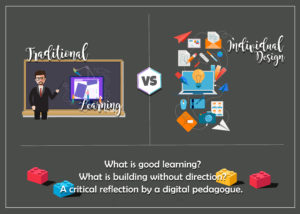Implementing the Assessment of Technologist Design Thinking
Technologist is an interesting and crucial read for teachers. With various perspectives coming into play in the module such as consideration of the learner and teacher, I found the read to be engaging. I feel although the module did have a lot of buzz words that often repeated the same ideas, it did in conclusion come to some vert practical points. The most important practical process the module spoke about that I decided to examine was the Design Thinking Process. This process focused on 5 stages starting with empathizing, defining, ideate, prototype and connect. Each stage built upon the next which I feel is a practical thing to have for teachers. With scaffolding in our own learning being present it makes it even easier to apply that kind of teaching style in our classroom. The components from the process that stuck out to me most were the empathy map template and the SECTIONS model. It is quite interesting when we think about all the internal and external factors that may be influencing our students. An empathy map contains things such as what a student is influenced by, what their emotions or feelings may be preoccupied it, or what students may see in their environment, or what their behavior might be as in what they see and do. I feel something like this can be used in every aspect of a classroom when it comes to understanding a student socially, academically and finally from a technologist perspective. The SECTIONS model stood out to me because it examined realistically the aspects of the technology. Such as if it is a good fit for the teacher, students, the institute and whether it is sustainable or not. All these considerations are taken into account in the stage of ‘ideate’ which I think is brilliant as one way or another one of these issues can arise down the road when using technology. I feel the sections model can also be use to evaluate perhaps large purchases for classrooms that are outside of the technology realm.
Below you will find a video I have put together of the Design Thinking Process. I decided to use a commonly available form of tech to put together this quick, upbeat informative video. I bet you can’t guess what it is…Powerpoint!!! This piece of tech has been often written off as typical, boring and mundane. Well, I’d like to challenge that assumption today by exploring the creative side of Powerpoint and it’s many features. With a little bit of research and quite a bit of trial and error I was able to put together a motion design based typography video. I enjoyed the process and am quite happy with my work in the end. I can see myself using this video in the future for presentations and perhaps for even grabbing students attention for specific lessons. Check it out below technologist!

